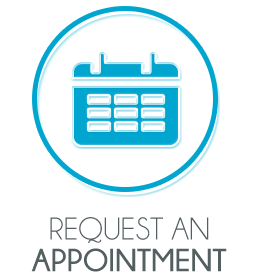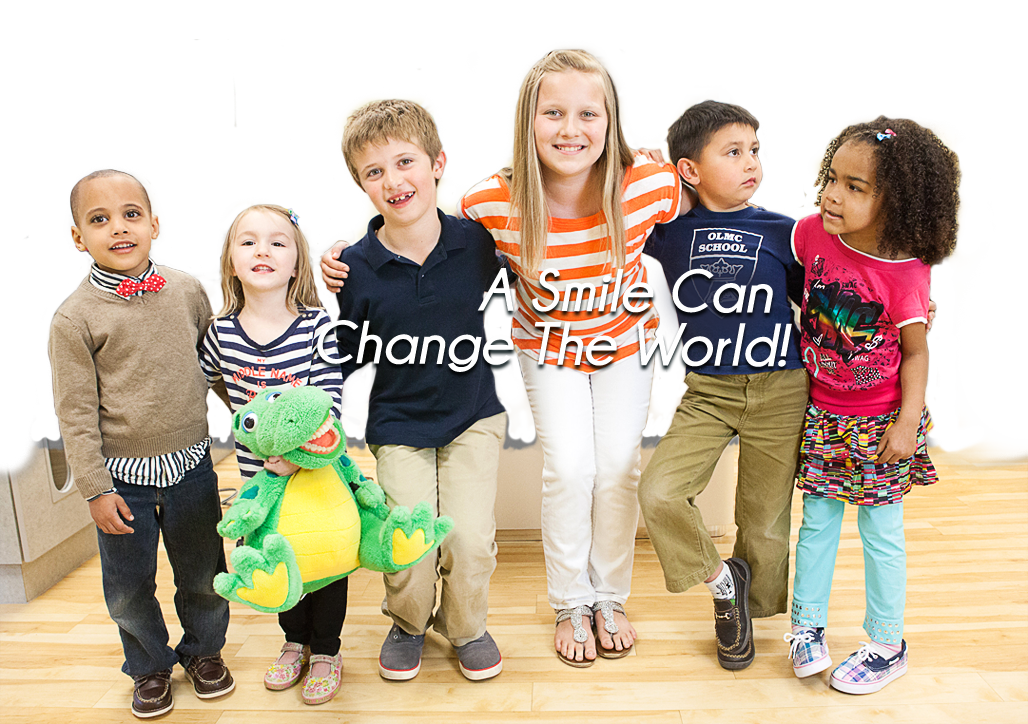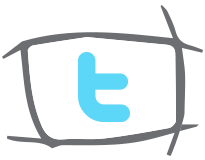Sports Dentistry
If your child is engaging in physical sports, please make sure their mouth, teeth and jaws are protected! According to the US Center for Disease Control & Prevention, more than half of the 7 million sports and recreation-related injuries that occur each year are sustained by children as young as 5 years old. The National Youth Safety Foundation adds that athletes who don’t wear protective mouth guards are 60 times more likely to damage teeth. Taking preventive measures and wearing a mouth guard is a simple and effective way to help prevent injuries to your child’s mouth, jaws and teeth.
Dental Trauma: What to Do
If a primary (baby) or permanent tooth is chipped
Fragments from the tooth can be glued back in place by a dental professional using special cement.
-
Find the tooth fragment.
-
Store the fragment in milk. If milk is not available saline solution can be used. Alternatively, the person who chipped a tooth can store the fragment in his or her mouth between the cheek and gum where it will be bathed in saliva. But this method should not be used for young children or anyone who might swallow the fragment.
-
Find emergency treatment.
If a permanent tooth is knocked out
Try to reinsert the tooth to save it. Work quickly but carefully. If the tooth is reinserted within 15 minutes, the chances of keeping it are much higher than if you wait an hour or more.
-
Find the tooth and handle it by the crown, not the root
-
If it’s dirty, give it a quick rinse in cold tap water (no longer than 10 seconds)
-
Reinsert the tooth into the socket as it was before
-
Have the child bite on gauze to keep the tooth in place
-
If the tooth cannot be reinserted, it is best to store it in whole milk. If this is not possible, the tooth can be stored in saline solution or in the child’s mouth between the cheek and the gum where it will be bathed in saliva. Take care that it is not swallowed.
If a primary (baby) tooth is knocked out
Unlike with a permanent tooth, you should not try to reinsert a baby tooth. Doing so could potentially damage the permanent tooth that will grow in behind it. Still, the child should visit our office as soon as possible.







